
Peoples and Languages
Social Media
Leave comments, suggestions, keep an eye on news in our groups on VK, Odnoklassniki and Telegram channel

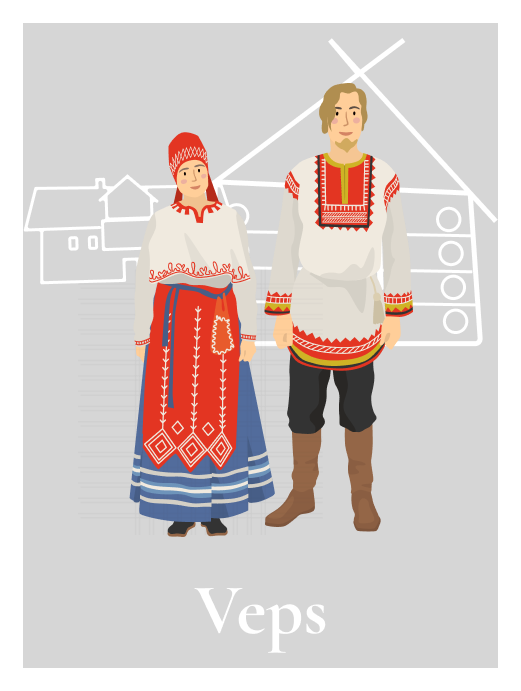
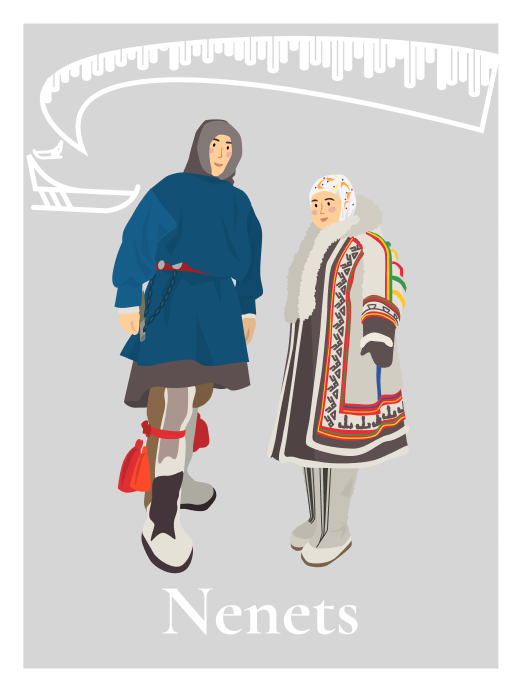
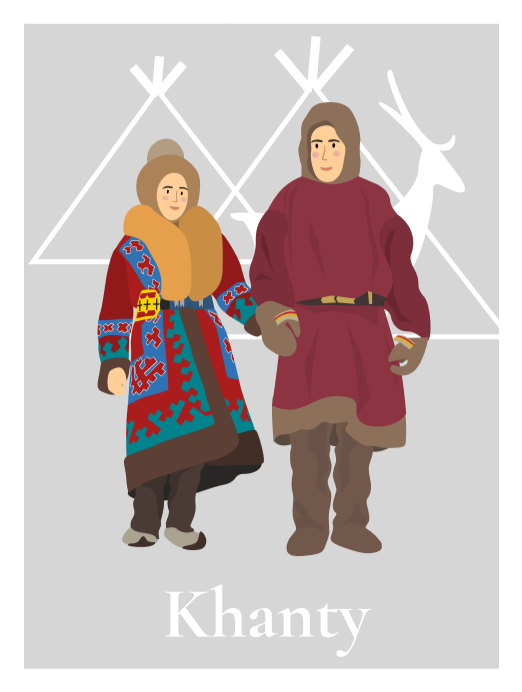
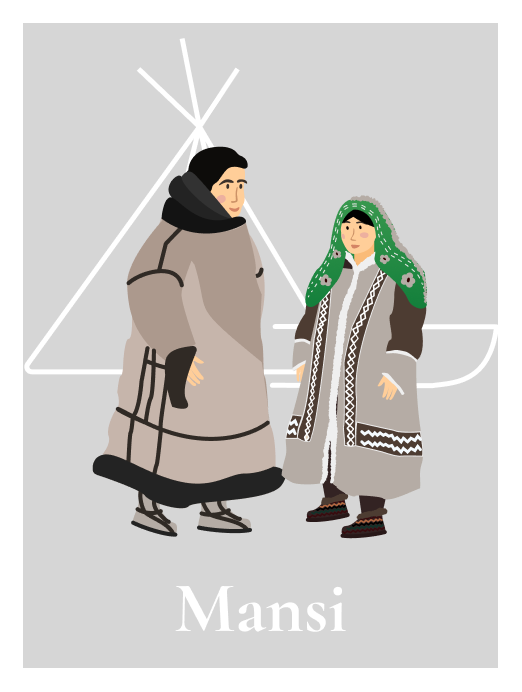


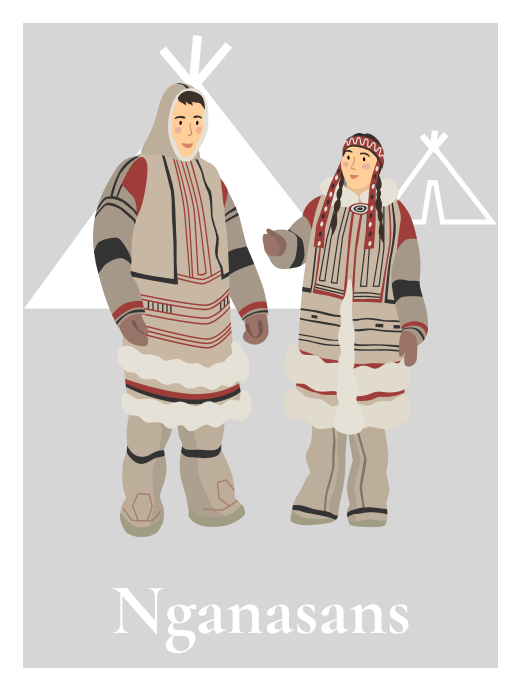

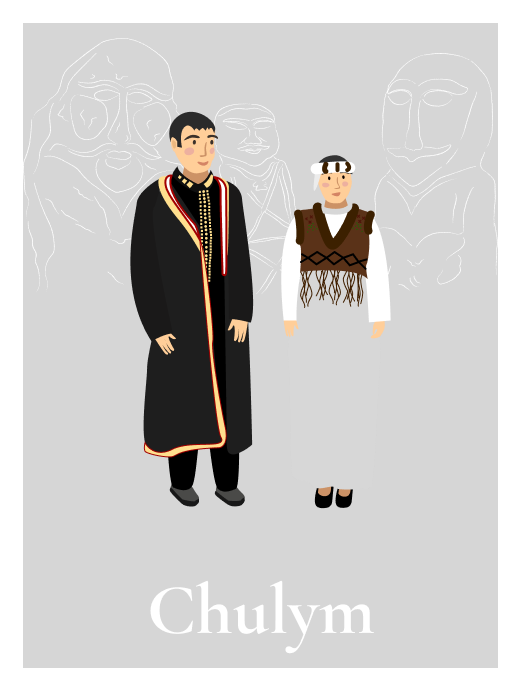

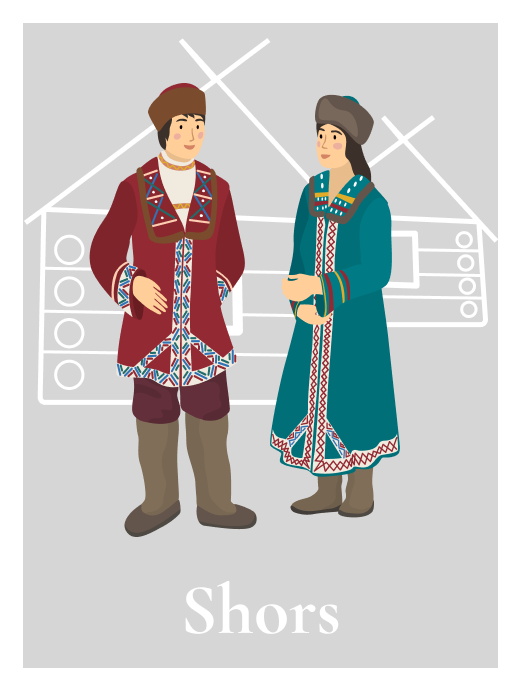
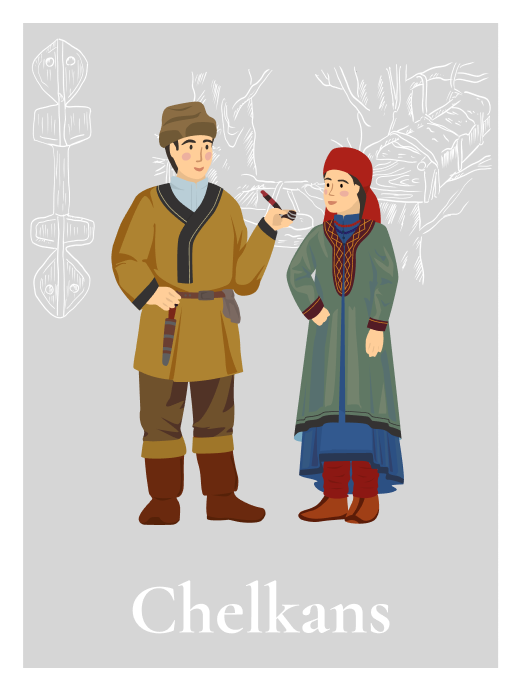


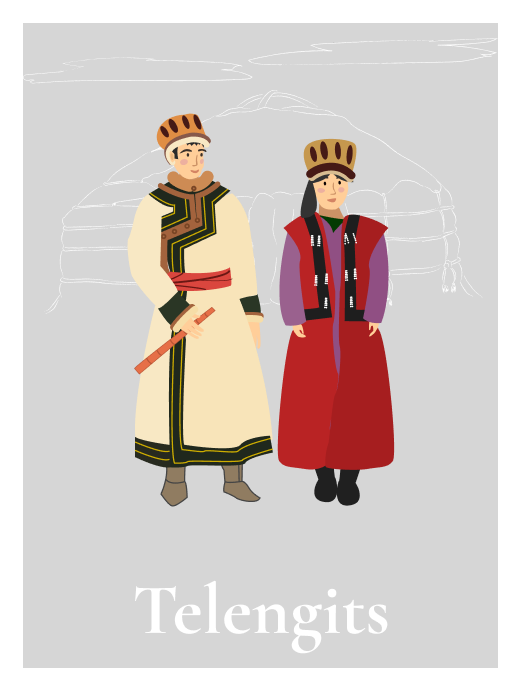
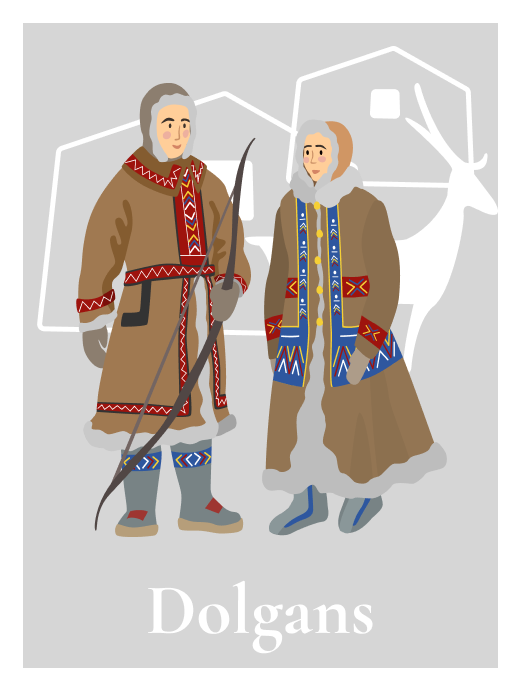
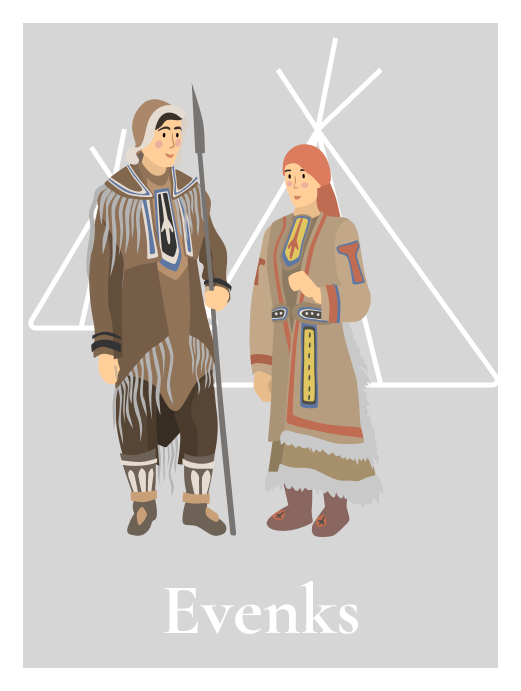


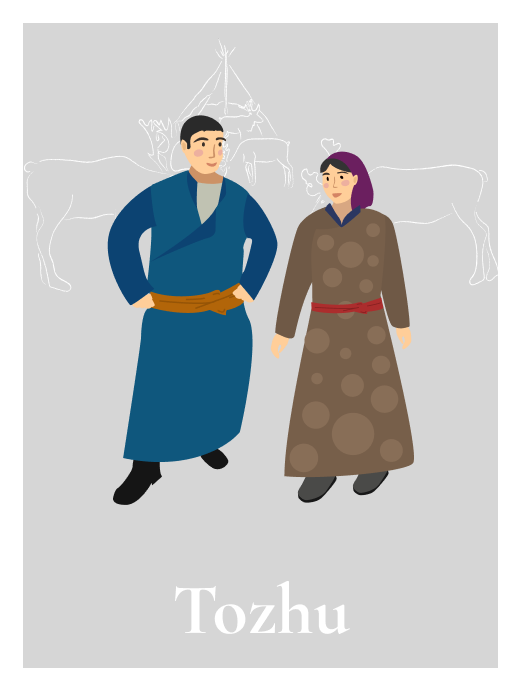



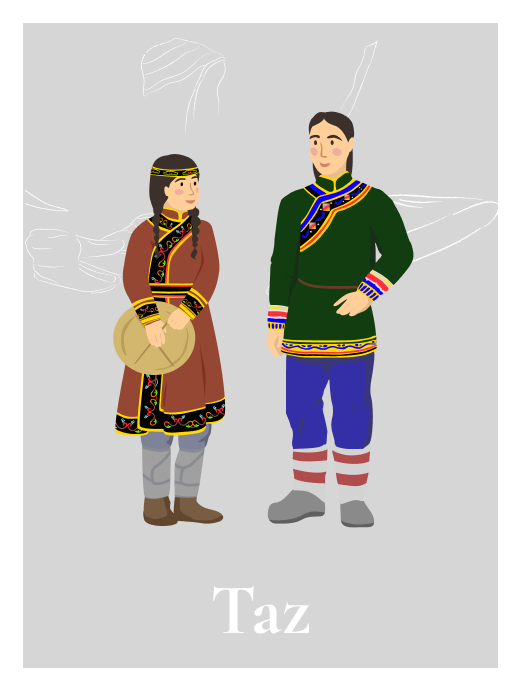

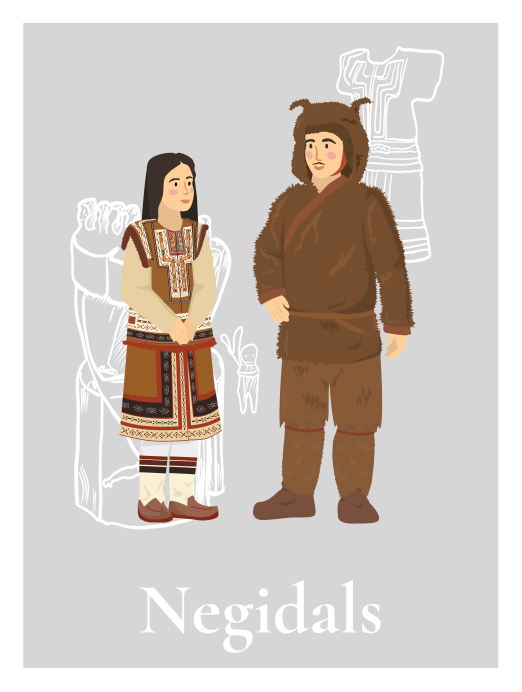



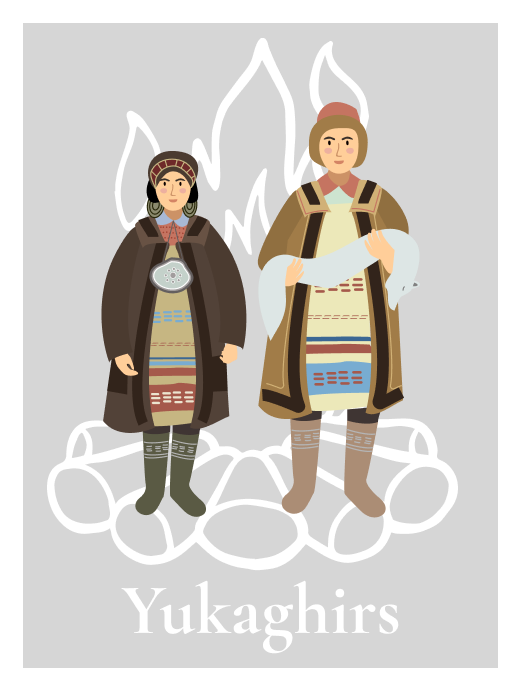


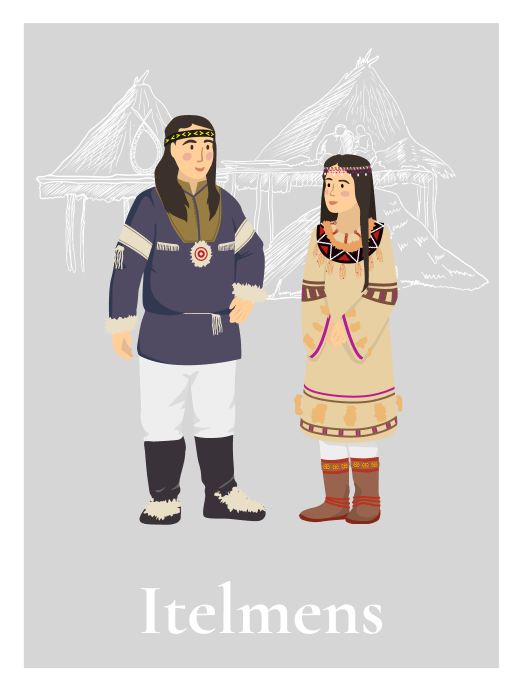

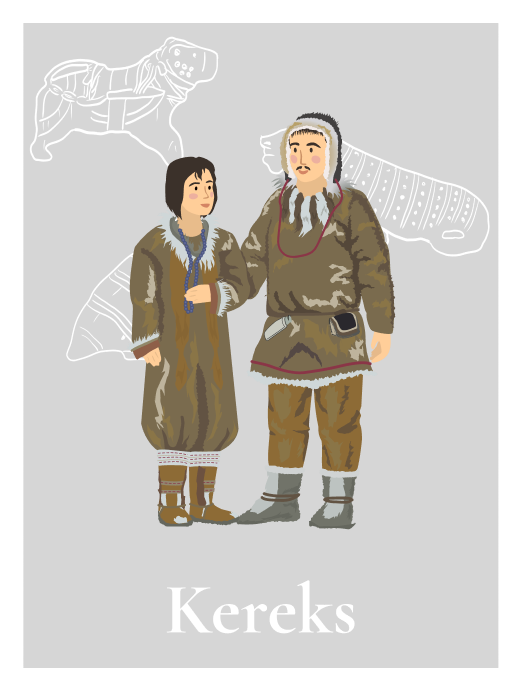
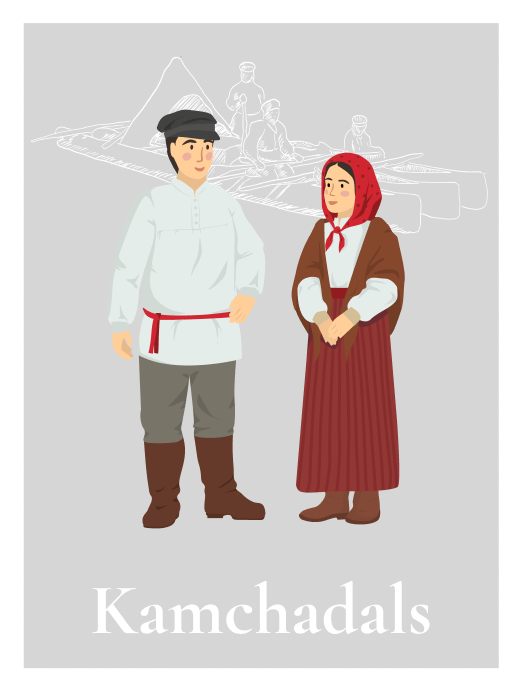


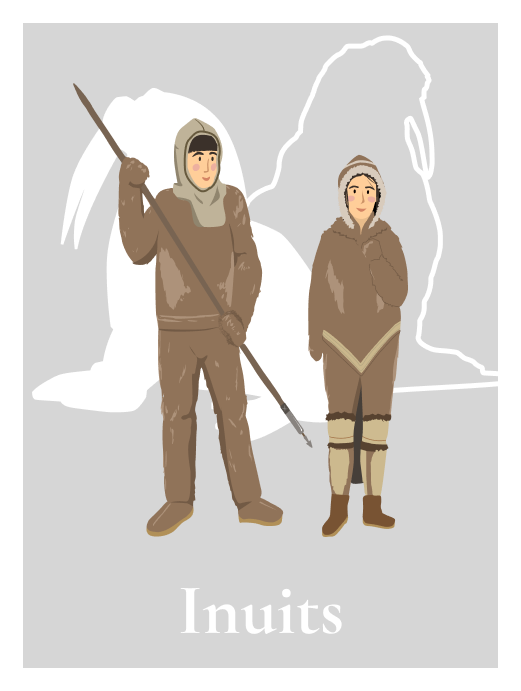
The former designations of Tundra Nenets include: Yurak Samoyed, Yurak, Samoyed. The name Yurak Samoyed used to include both languages: Tundra Nenets and Forest Nenets. Today, Tundra Nenets and Forest Nenets are regarded as independent languages and no longer the dialects of the same language.
Compared to other languages of indigenous peoples of the North, Tundra Nenets is relatively well-preserved. However, its vitality level varies greatly and depends on the region: it is distinctly endangered in the west, in NAO, and particularly well-preserved in the northeastern part of its language area (in particular, in YNAO). Based on the data for 2010 provided by S. Burkova in the article about Tundra Nenets, encyclopedia Язык и общество [Language and Society] (2016), there were 48% of Tundra Nenets fluent in their native language in the Republic of Komi, approximately 55% in YNAO, 46% in TDND of Kranoyarsk Krai.

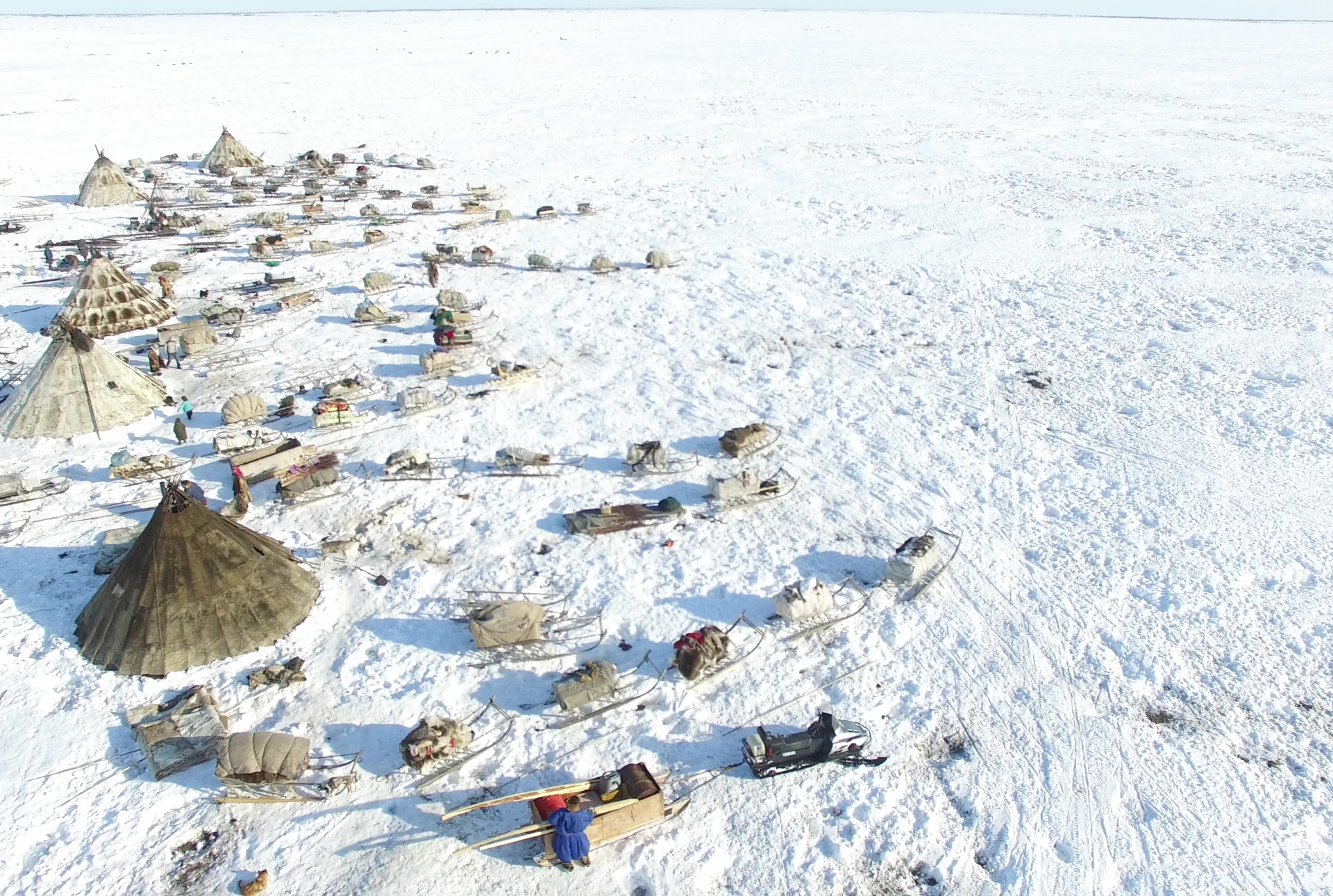
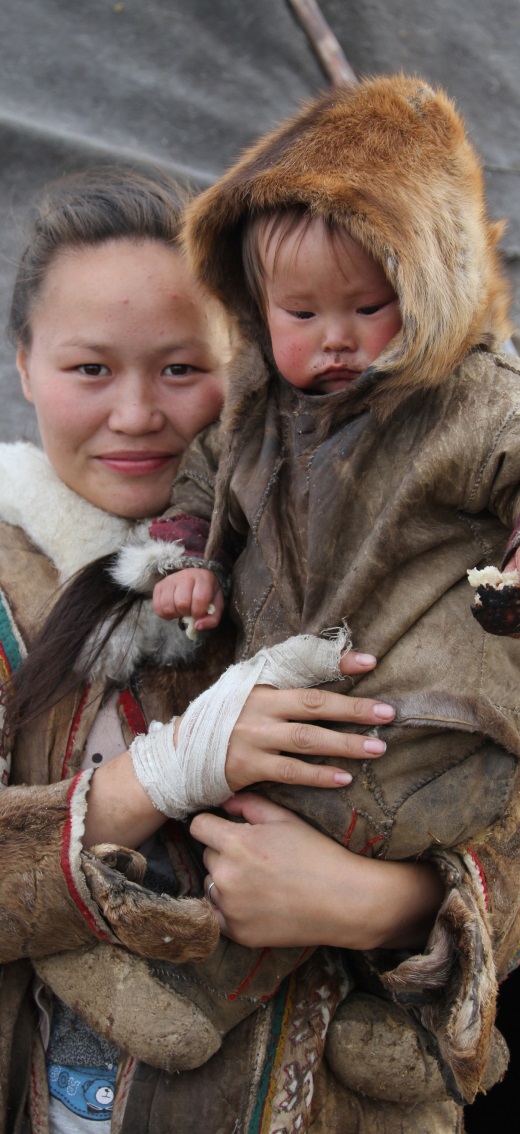
Although Tundra Nenets is relatively well-preserved, the population of native speakers has been steadily declining due to the fact that the language is used less and less in family communication and the natural tradition of language transmission from parents to children has been compromised. Thus, S. Burkova pointed out that “although the results of sociolinguistic surveys show that the attitude of Tundra Nenets towards their ethnic language is positive, in reality, the majority of parents prefer to speak Russian with their children, for they consider it to be more important, the key to education and professional career. It is also affected by the deep-rooted notion that one cannot be fluent in a majority language with a more powerful functionality, unless he/she gives up the native language”.